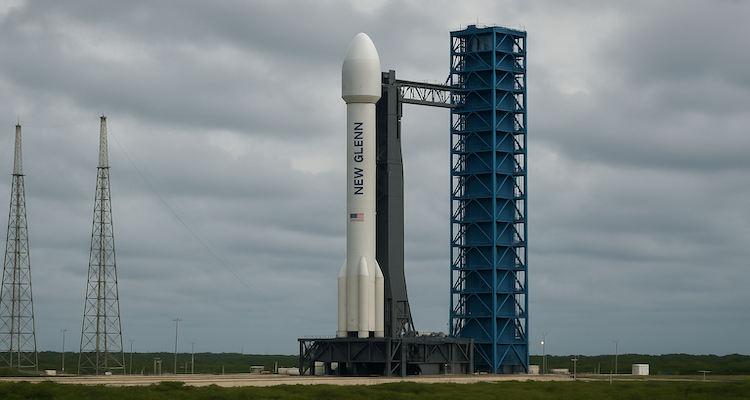How Future Cities Might Run on Human Sweat
Scientists and urban planners are exploring the idea of using human sweat as a renewable energy source, hinting at a future where cities power themselves through biology.
Introduction: A Radical Vision of Energy
Imagine stepping into a gym, running on a treadmill, and knowing that every drop of sweat dripping from your skin could one day help power the city around you. It sounds like science fiction—but researchers and urban planners are beginning to see human sweat not as waste, but as a renewable resource. In the race toward sustainable energy, “bio-power” is emerging as a fascinating possibility.
Context & Background: From Fossil Fuels to Bio-Power
Cities worldwide are grappling with the twin challenges of energy demand and climate change. Traditional fossil fuels have left behind rising carbon emissions, while solar, wind, and hydro are still struggling with scalability in dense urban spaces. This has driven scientists to explore unconventional energy sources—ranging from kinetic floors that harvest footsteps to toilets that convert human waste into biogas.
Human sweat, rich in electrolytes such as sodium and potassium, has now entered the conversation. For decades, bioengineers have studied the chemical and electrical potential of sweat. In recent years, breakthroughs in wearable technology have revealed that sweat can generate small amounts of electricity through biofuel cells, opening the door to scalable urban applications.
Main Developments: Sweat as a Renewable Energy Source
At leading universities in Europe, the US, and Asia, research teams have developed “sweat-powered biofuel cells” that can extract energy from the enzymes present in human perspiration. These devices, when placed on the skin, can light up LEDs, power smartwatches, and charge small sensors.
The vision for cities takes this concept further. Imagine gyms designed as micro power plants, where exercise bikes and treadmills not only harness kinetic motion but also collect sweat through absorbent pads connected to biofuel cells. In theory, a network of such facilities could contribute measurable amounts of clean energy back to the grid.
Some start-ups are even experimenting with public infrastructure—handrails in subway stations or seats in stadiums—that could gather sweat during peak human activity. While still at an experimental stage, the potential to transform human biology into an energy stream is attracting global attention.
Expert Insight & Public Reaction
“Human sweat is a biochemical goldmine,” says Dr. Anika Rahman, a bioengineer at MIT. “We’ve only just scratched the surface of how it can be harvested for sustainable energy. The challenge lies in scaling it from powering microelectronics to making a difference at the city level.”
Urban planners, however, are cautiously optimistic. “We’re entering an era where cities need to rethink energy not just as something produced in power plants but as something generated through daily human life,” notes London-based futurist Oliver Grant.
Public reactions are mixed—some see it as an exciting innovation that makes everyday activity meaningful, while others express concerns about privacy, hygiene, and the practicality of collecting sweat at scale.
Impact & Implications: Rethinking Urban Energy Systems
If sweat-powered energy moves beyond the lab, it could redefine how future cities operate. Gyms could double as community power stations, fitness enthusiasts might literally “work out” electricity, and wearable devices could run indefinitely on natural perspiration.
For developing nations, the idea also offers intriguing possibilities. Public gathering spaces, from markets to schools, could harness human activity to supplement strained power grids. However, this technology also raises ethical and infrastructural questions: Who owns the energy generated by human bodies? How can sweat collection be hygienically managed? And will such systems be economically viable?
The road ahead requires major investment in bioengineering, new regulations for bio-data use, and public awareness to ensure adoption doesn’t clash with human dignity or rights.
Conclusion: From Science Fiction to Urban Reality
The concept of cities running on human sweat may sound futuristic today, but it reflects a broader truth: the future of energy will likely come from unexpected sources. Just as solar panels and wind turbines once seemed radical, sweat-powered grids could one day be part of the urban landscape.
For now, the droplets falling during a workout might only fuel a watch or a sensor—but in decades to come, they may help light up streets, power homes, and reshape how humanity lives with its own biology.
Disclaimer :This article explores ongoing research and speculative urban planning ideas. Sweat-based energy technology is still in early experimental stages and is not yet commercially available for large-scale use.











